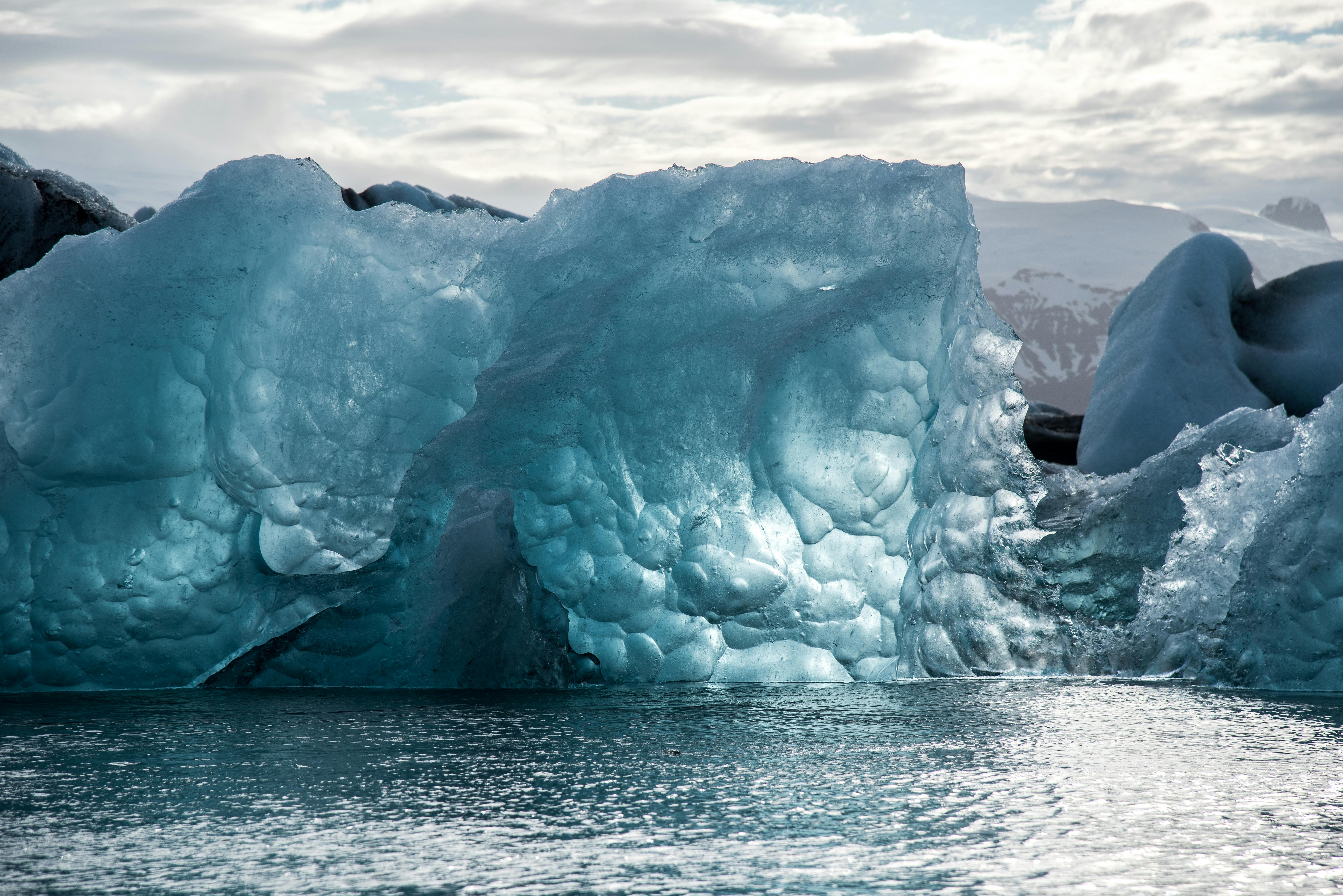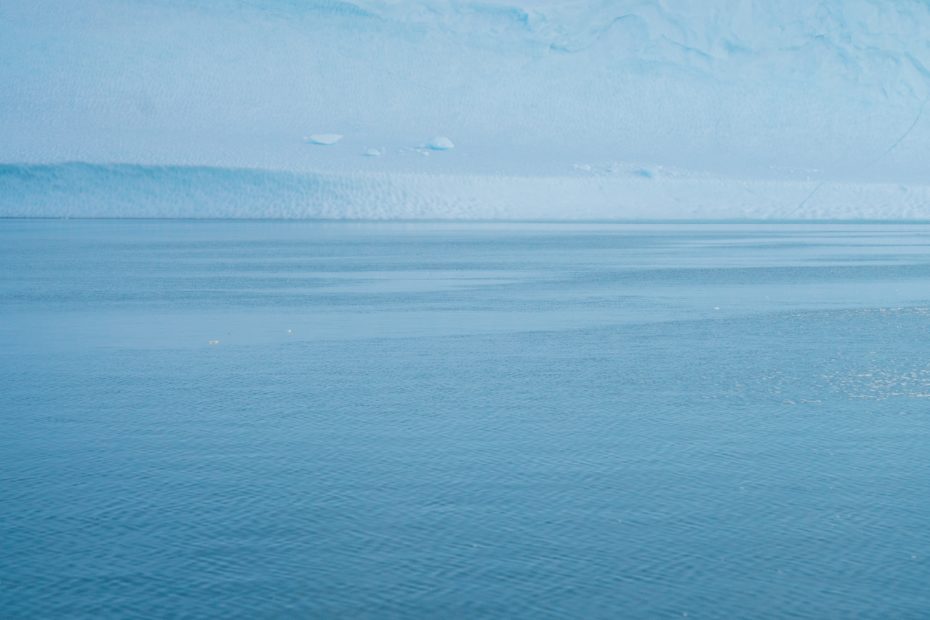Global Warming vs. Climate Change
Despite having different meanings, the terms ”climate change and ”global warming” are sometimes used interchangeably. The phrases “weather” and “climate,” which relate to occurrences with distinctly different spatial and temporal scales, are sometimes occasionally used interchangeably.
Climate vs. Weather
The term “weather” refers to localized atmospheric conditions that last only a few minutes, hours, or days. Rain, snow, clouds, winds, floods, and thunderstorms are a few well-known examples. Contrarily, climate is the long-term (often at least 30 years) average of regional or even global temperature, humidity, and rainfall patterns during a given season, year, or decade.
How does global warming work?
Goddard Institute for Space Studies, part of NASA. Raise your knowledge of global surface temperature here. Global warming is the gradual warming of the Earth’s surface that has been seen since the pre-industrial era (between 1850 and 1900) and is attributed to human activity, particularly the burning of fossil fuels, which raises the levels of heat-trapping greenhouse gases in the atmosphere. This phrase should not be used in place of “climate change.” Human activities are thought to have contributed to a rise in Earth’s average global temperature of roughly 1 degree Celsius (1. 8 degrees Fahrenheit) since the pre-industrial era, and this number is currently rising by more than 0. 2 degrees Celsius (0. 36 degrees Fahrenheit) per decade. Without a doubt, human activity since the 1950s has contributed to the current warming trend, which has been accelerating at an unheard-of rate for millennia.
How does the climate change?
A long-term change in the typical weather patterns that have come to characterize local, regional, and global climates on Earth is referred to as climate change. The phrase is synonymous with a wide variety of observed outcomes that are a result of these changes. Human activities, especially the burning of fossil fuels, which raises the concentrations of heat-trapping greenhouse gases in Earth’s atmosphere and thus increases the planet’s average surface temperature, are to blame for the climate changes that have been observed since the middle of the 20th century. In addition to internal variability (such as cyclical ocean patterns like El Nio, La Nia, and the Pacific Decadal Oscillation) and external forcings (such as volcanic activity, changes in the Sun’s energy output, and variations in Earth’s orbit), natural processes that have been outweighed by human activities can also contribute to climate change.
In order to track and research past, present, and future climate change, scientists employ computer models and data from the ground, the air, and space. Key climate change indicators, such as global land and ocean temperature increases, rising sea levels, ice loss at the poles and in mountain glaciers, changes in the frequency and intensity of extreme weather events like hurricanes, heatwaves, wildfires, droughts, floods, and precipitation, as well as changes in cloud and vegetation cover, are all supported by historical climate data records.
Discover more: a user’s guide to NASA’s website on global climate change
A high-level overview of some of the causes, consequences, and signs of global climate change can be found on this website: short summaries of some of the most important scientific findings showing our world is experiencing abrupt climate change. Evidence.a brief explanation of the main global climate change drivers. Causes.a look at some of the probable long-term implications of climate change, including local effects in the United States.
Effects
Real-time data on climate change, including atmospheric carbon dioxide, global temperature, sea ice extent, and ice sheet volume, is displayed in graphs and animated time series.
NASA’s other resources
A large selection of animated Earth science and climate change visuals. Scientific Visualization Studio at Goddard. The portal of NASA for a thorough examination of the science underlying sea level rise change. Portal for Sea Level Change. Information about Earth’s climate and environmental change is highlighted through satellite photos, feature stories, and scientific data on our home planet. The Earth Observatory of NASA.
Changing weather
Current climate change encompasses both the effects of global warming on the planet’s weather patterns. Climate change has occurred in the past, but the current changes are noticeably more pronounced and not the result of natural processes. Deserts are growing larger as a result of climate change, and heat waves and wildfires are occurring more frequently. Permafrost melting, glacier retreat, and a reduction in sea ice have all been impacted by increased heat in the Arctic.
Terminology
Before the 1980s, it wasn’t apparent if warming brought on by rising greenhouse gas levels would outweigh cooling brought on by aerosols. The term “inadvertent climate modification” was once frequently used by scientists to describe the effects of humans on the climate. The terms “global warming” and “climate change” became well-known in the 1980s. The latter describes the complete impact of greenhouse gases on the climate, while the former merely relates to increased surface temperature. After NASA climate scientist James Hansen introduced it in his 1988 statement before the U.S. Senate, global warming became the most commonly used term. The phrase was popular in the 2000s. The terms “climate crisis” have been embraced by numerous scientists, politicians, and media personalities.
Local factors affecting temperature increases. Greenhouse gas emissions
Different parts of the planet warm at varying speeds. Because the greenhouse gases last long enough to permeate over the world, the pattern is independent of where they are released. The average surface temperature over land areas has risen about twice as quickly as the average surface temperature worldwide during the pre-industrial era. The greater is the reason for this.

In comparison to the South Pole and Southern Hemisphere, the Northern Hemisphere and North Pole have warmed significantly more quickly. In addition to having far more land, the Northern Hemisphere also has more sea ice and seasonal snow cover. After the ice has melted, these surfaces change from reflecting a lot of light to becoming dark, at which point they begin absorbing more heat. Localized deposits of black carbon on snow and ice also contribute to the warming of the Arctic.
Causes of the recent temperature increase
Different cycles that the climate system goes through on its own might continue for years (like the El Nio-Southern Oscillation (ENSO)), decades, or even centuries. It is necessary to rule out known internal climatic variability and natural external forcings in order to establish the human contribution to climate change. Finding distinct “fingerprints” for each proposed cause and comparing them to the patterns of observed climate change is an important strategy. One important cause, like solar forcing, can be ruled out. The entire atmosphere would warm as a result, leaving its mark. However, only the lower atmosphere has warmed, which is consistent with forcing from greenhouse gases.
Gases. Limit global warming!
Greenhouse gases make sunlight transparent so that it can heat the Earth’s surface by passing through the atmosphere. It is radiated as heat by the Earth, and some of it is absorbed by greenhouse gases. By slowing the rate at which heat escapes into space, this absorption traps heat close to the Earth’s surface, gradually warming it. Before the Industrial Revolution, the air near the surface was around 33 °C warmer than it would have been without naturally occurring greenhouse gases. Since the Industrial Revolution, human activity has increased the amount of greenhouse gases in the atmosphere, primarily as a result of the extraction and burning of fossil fuels (coal, oil, and natural gas). The Global Carbon Project illustrates how increases in CO since 1880 have been brought on by many reasons, intensifying one after another. The amount of CO2 emitted by human activity as greenhouse gases around the world in 2019 was 59 billion metric tons. Methane made up 18% of these emissions, CO2 75%, nitrous oxide 4%, and fluorinated gases 2%. Limiting global warming is the main condition for preventing different catastrophes.
